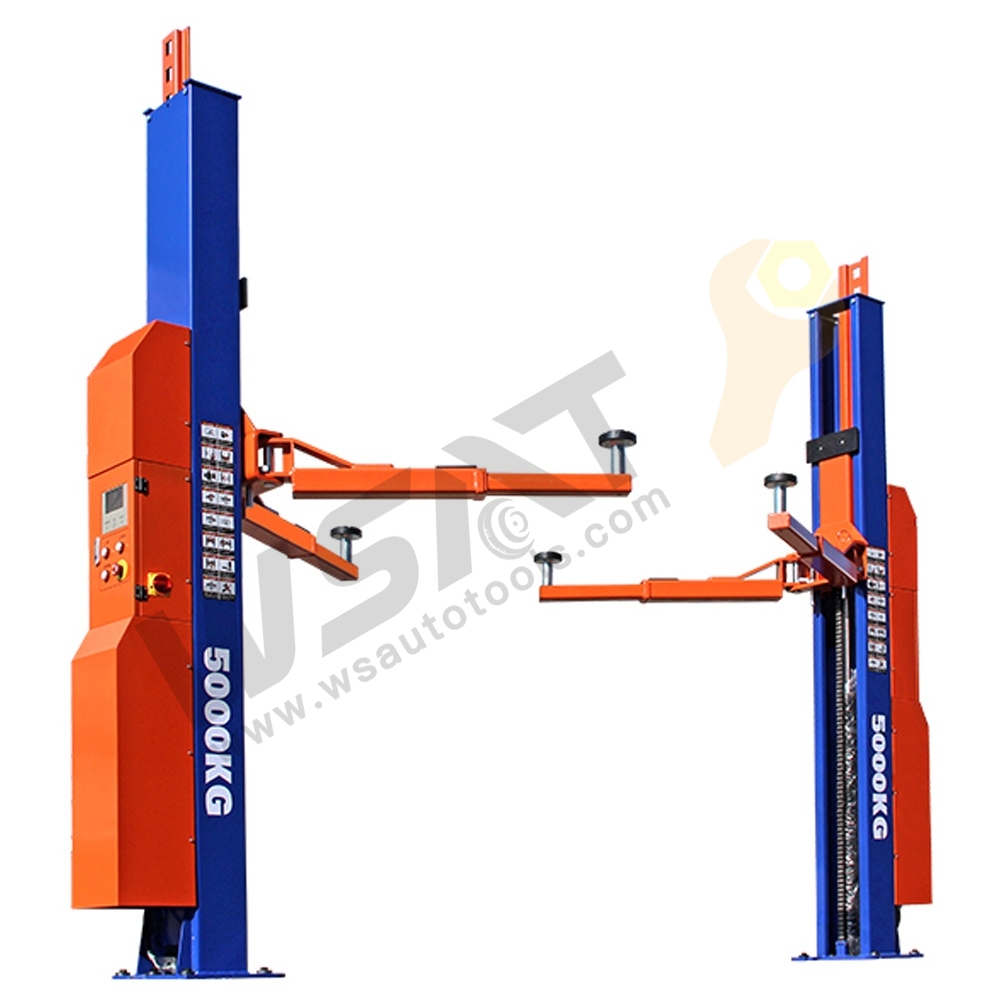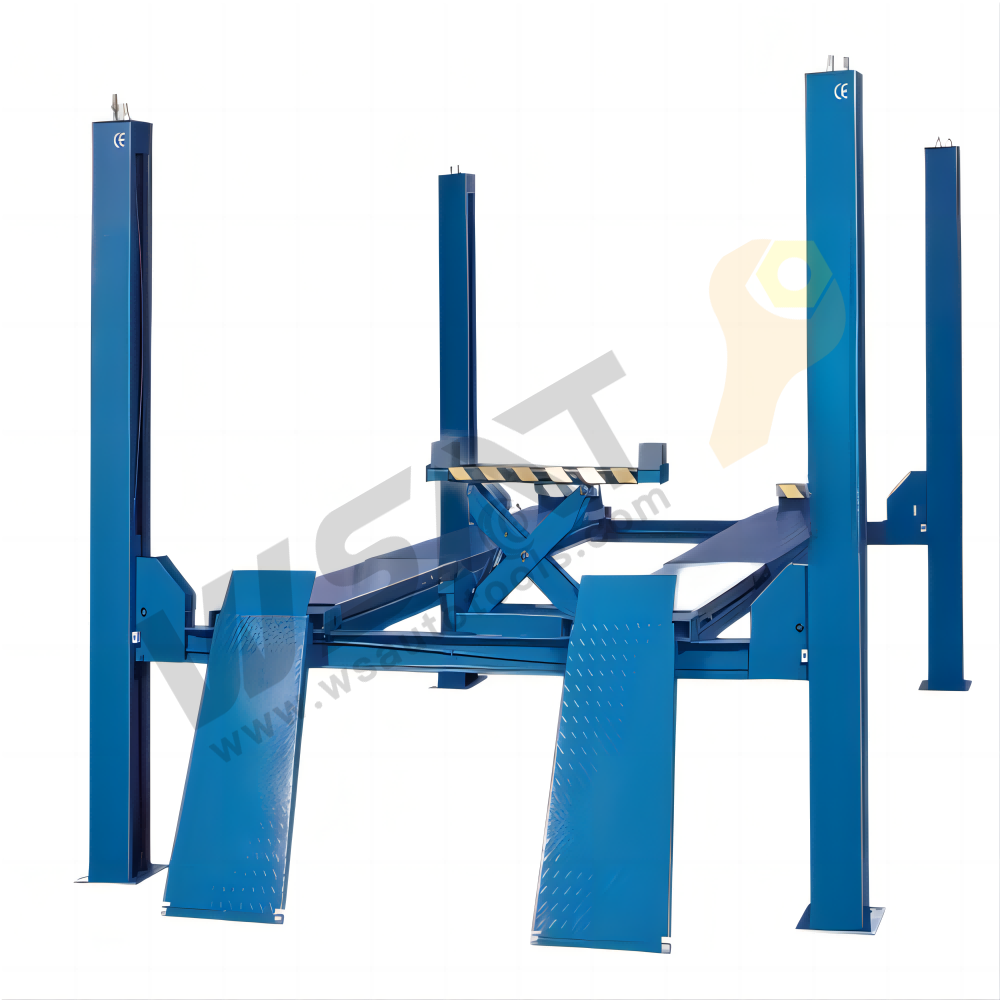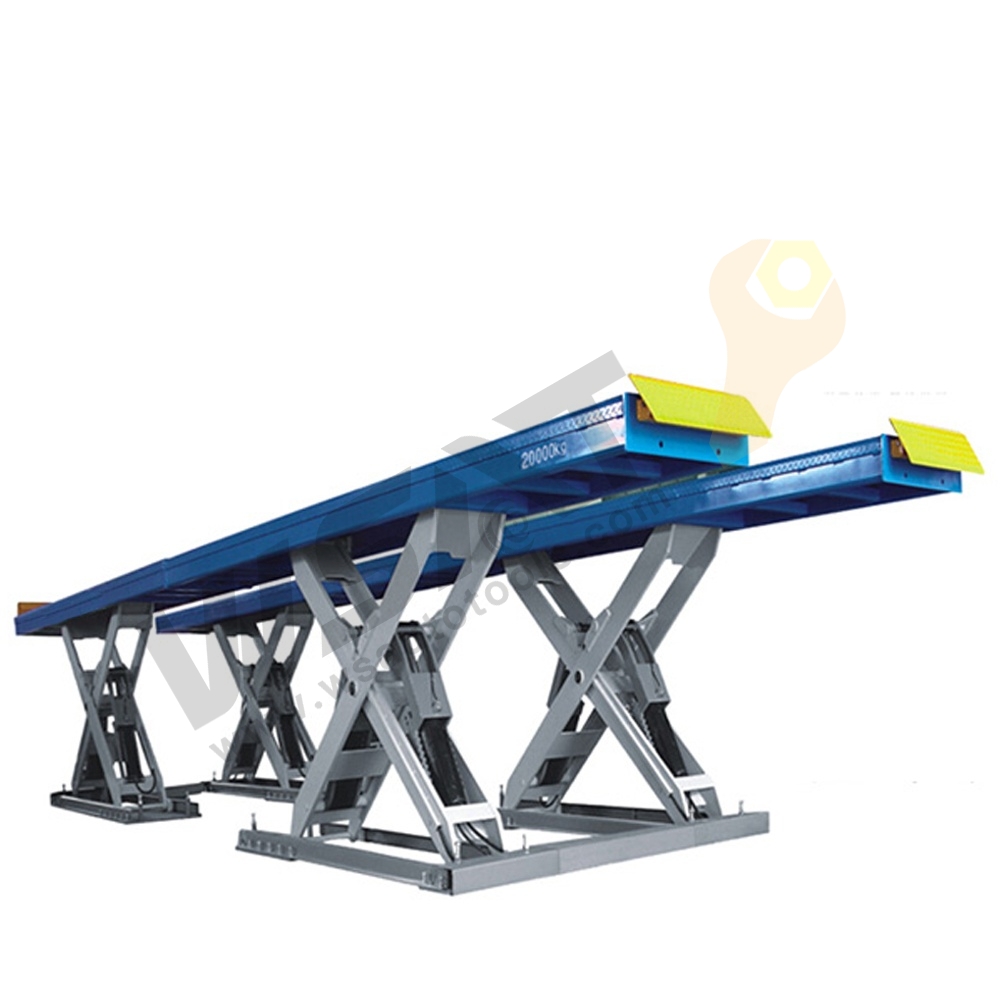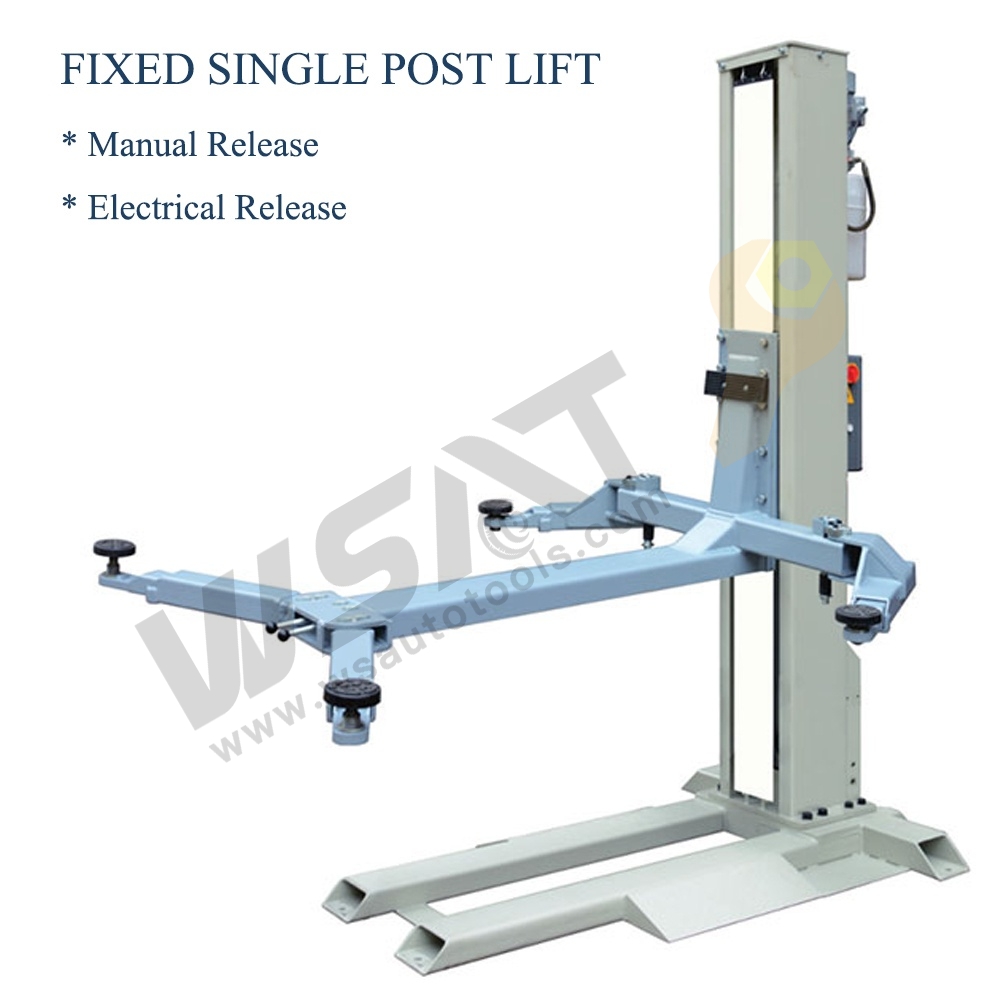Among the most essential tools is the auto lift — a piece of machinery that not only raises vehicles for easier access but also ensures technicians can work comfortably and accurately. If you're outfitting a new workshop or upgrading an existing one, understanding the types of auto lifts and their applications is crucial for making a sound investment.
A Small Introduction to Auto Lifts
Auto lifts, also called vehicle lifts or car hoists, are mechanical devices designed to raise vehicles off the ground, providing unobstructed access to their undercarriage. They are indispensable in professional workshops, dealerships, and even some home garages. Beyond making repair work easier, lifts help maintain ergonomic working positions for technicians, reduce the risk of injury, and improve repair precision.
Auto lifts come in many designs, each tailored to specific needs, from compact options for quick tire changes to heavy-duty systems capable of supporting commercial trucks. Key factors to consider when selecting one include lifting capacity, height, safety mechanisms, available shop space, and the type of work performed.
Two-Post Lifts
Winsen 5 Ton Baseless Type Two Post Lift
Four-Post Lifts
Winsen 4 Ton/5 Ton Four Post Lift with Center Rolling Jack
Four-post lifts use four upright columns and drive-on runways. They’re especially popular for wheel alignment, inspections, and long-term storage.
Advantages:
High stability and load capacity.
No need to precisely locate chassis lift points — simply drive the vehicle onto the runways.
Some models are portable with caster kits, making them more flexible for shop layouts.
Considerations:
Takes up more space than two-post designs.
Slightly less access to wheels and suspension without additional jacking accessories.
Four-post lifts are widely used in both commercial garages and enthusiast home setups because they double as storage racks, allowing a second car to be parked underneath.
Scissor Lifts
Winsen 20 Ton Large Scissor Lift for Luxury Bus
Scissor lifts operate with a set of crossed supports that extend vertically when actuated, lifting the vehicle from below.
Varieties:
Mid-Rise Scissor Lifts: Lift the vehicle partway, perfect for quick tire, brake, and bodywork jobs.
Full-Rise Scissor Lifts: Reach heights similar to two-post lifts, allowing complete underbody access.
Advantages:
Compact design saves floor space.
Can be surface-mounted or recessed into the floor for a flush finish.
Considerations:
Some designs may obstruct access to the vehicle’s centerline.
Lifting capacity may be lower than that of larger post-based systems.
Single-Post Lifts
Winsen 2.5 Ton Mobile/Fixed Single Post Lift
Single-post lifts feature a single upright column with lifting arms or a platform. They are common in specialized service bays or space-restricted workshops.
Advantages:
Extremely compact footprint.
Provides excellent side access for certain repair tasks.
In-ground single-post versions keep the floor area clear when not in use.
Considerations:
Lower lifting capacity compared to multi-post designs.
Less stability for oversized or heavy vehicles.
These lifts are often chosen for light-duty work, quick servicing, or as auxiliary lifts alongside larger systems.
Two-post lifts excel in versatility for general repairs, four-post lifts shine in stability and storage, scissor lifts maximize space efficiency, and single-post lifts provide compact convenience.
From a professional technician's perspective, the safest and most productive lift is one that's properly rated for your heaviest vehicle, maintained according to manufacturer guidelines, and operated by trained personnel. Investing in the right lift not only increases shop productivity but also safeguards your team and your customers' vehicles. Feel free to contact us!









